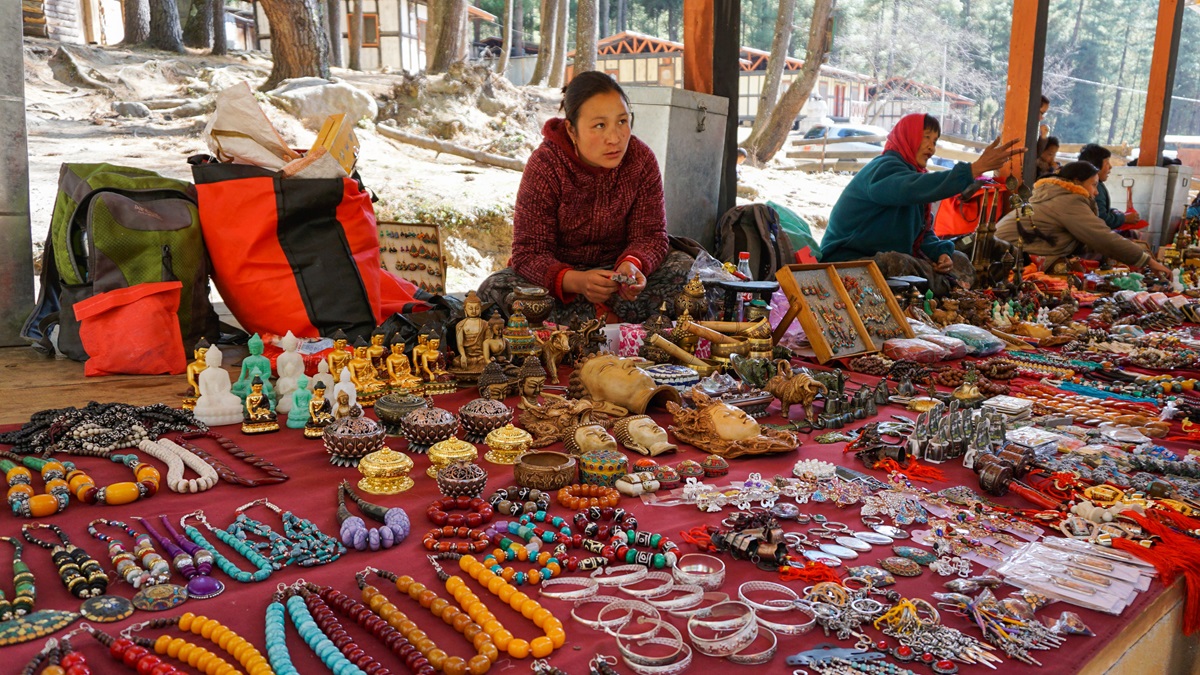The pivotal move is a nod from the global community to Bhutan’s achievements in reducing poverty and realizing sustainable development over the past five decades.

© Shutterstock/Kedar Shukla | A local market in Paro, Bhutan.
On 13 December, Bhutan officially left the least developed countries (LDCs) category established by the UN General Assembly in 1971.
The landlocked Himalayan nation is the seventh economy to change status, or “graduate”, following Botswana (1994), Cabo Verde (2007), Maldives (2011), Samoa (2014), Equatorial Guinea (2017) and Vanuatu (2020).
This brings the number of LDCs down to 45.
To qualify for graduation, a country must meet the criteria on income, human assets, and economic and environmental vulnerability.
“UNCTAD has continuously supported LDCs to embark on a sustainable development path and participate in the benefits that enhanced productive capacities bring to job creation, income generation, productivity, and value addition,” said UNCTAD Secretary-General Rebeca Grynspan.
An impressive ascent
Since the 1980s, Bhutan has sustained an average annual real GDP growth of 7.5%, while life expectancy increased from 47 to 68 years, with primary health care covering 95% of the population.
Also, it’s among the world’s only three carbon-negative nations, absorbing more greenhouse gases than it emits.
With a people-centred, holistic development approach, Bhutan has fortified institutions, diversified its industries, and fostered an environment conducive to investment and business growth.
The country became the fastest place to register a small business globally, following the launch of its G2B digital government portal in 2021 with UNCTAD support.
UNCTAD support crucial
Bhutan’s graduation coincided with the end of implementing its 12th five-year development plan, aimed at building lasting progress and economic stability.
The process benefitted from UNCTAD’s technical assistance and policy advice to facilitate structural transformation and develop productive capacities.
These included boosting areas critical to reducing vulnerabilities and increasing socioeconomic resilience, such as trade-related infrastructure, trade facilitation, export diversification by tapping alternative trade markets, and disaster risk management.
Sustaining momentum beyond graduation
Looking ahead, UNCTAD cautions that the measurable progress justifying an LDC’s graduation doesn’t necessarily equal economic transformation or the sophistication of support needed to steer the economy through its next phase of development.
If not mitigated, graduation impacts – such as losing several LDC-specific trade preferences – risk exacerbating Bhutan’s exposure to external shocks and undermining efforts to diversify its economy and exports.
To drive post-graduation growth, UNCTAD underscores the need for further reforms to ensure synergies and coherence across Bhutan’s foreign direct investment, industrial and entrepreneurship policies.
Given that Bhutan is currently at moderate levels of debt distress, there’s a need to shore up development finance and technical assistance in devising risk mitigation measures.
In addition to securing a longer phase-out period of trade preferences, Bhutan will require continued support from international partners to strengthen its business infrastructure, notably the country’s four industrial parks.
To boost Bhutan’s productive capacities, UNCTAD calls on development partners to scale up the transfer of technical and management skills, and to address concerns around accessibility and affordability for technology deployment.
Ongoing hands-on assistance
Additionally, UNCTAD is undertaking a four-year project to help five African and Asian LDCs – Cambodia, Comoros, Djibouti, Senegal, Zambia – develop forward-thinking strategies to navigate the complexities of graduation.
The project, running through 2026, will help these economies formulate smooth transition strategies based on a country-specific vulnerability analysis, and catalyze actions across industries to enhance competitiveness.



